Rustic Cafayate sits at the entrance to the Valle Calchaquies and is flanked by vineyards on all sides. The hot, dry climate lends itself perfectly to wine production and while not in the same league as Mendoza in terms of production the area is also known for its fine wines. This small town has some well preserved colonial era buildings, and a vibrant artisan scene – we decided it definitely called for a few days exploring before heading on to Salta.
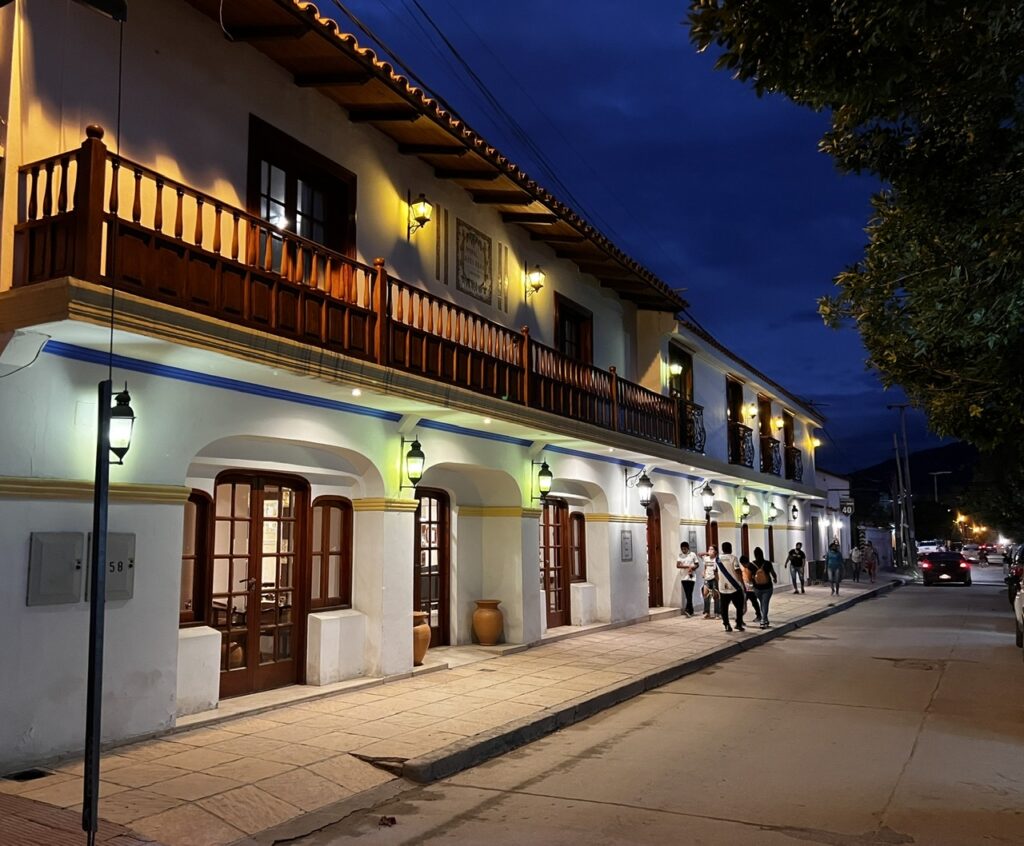
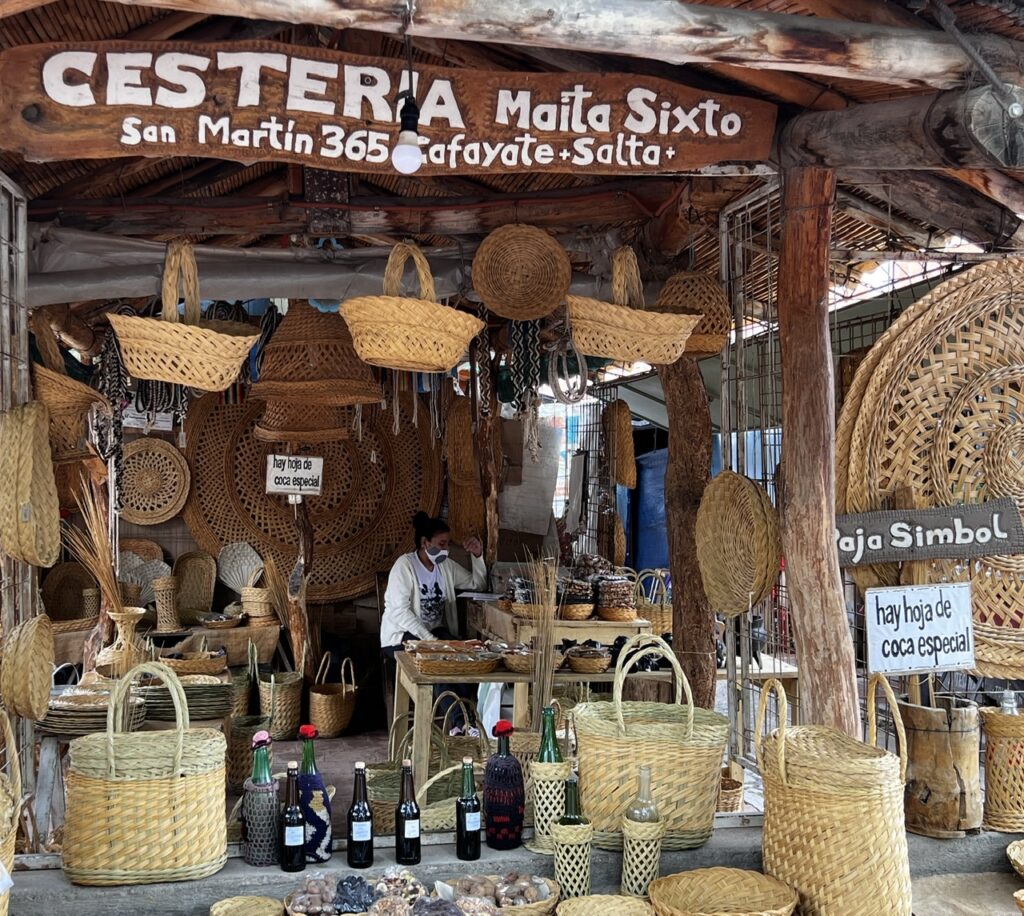
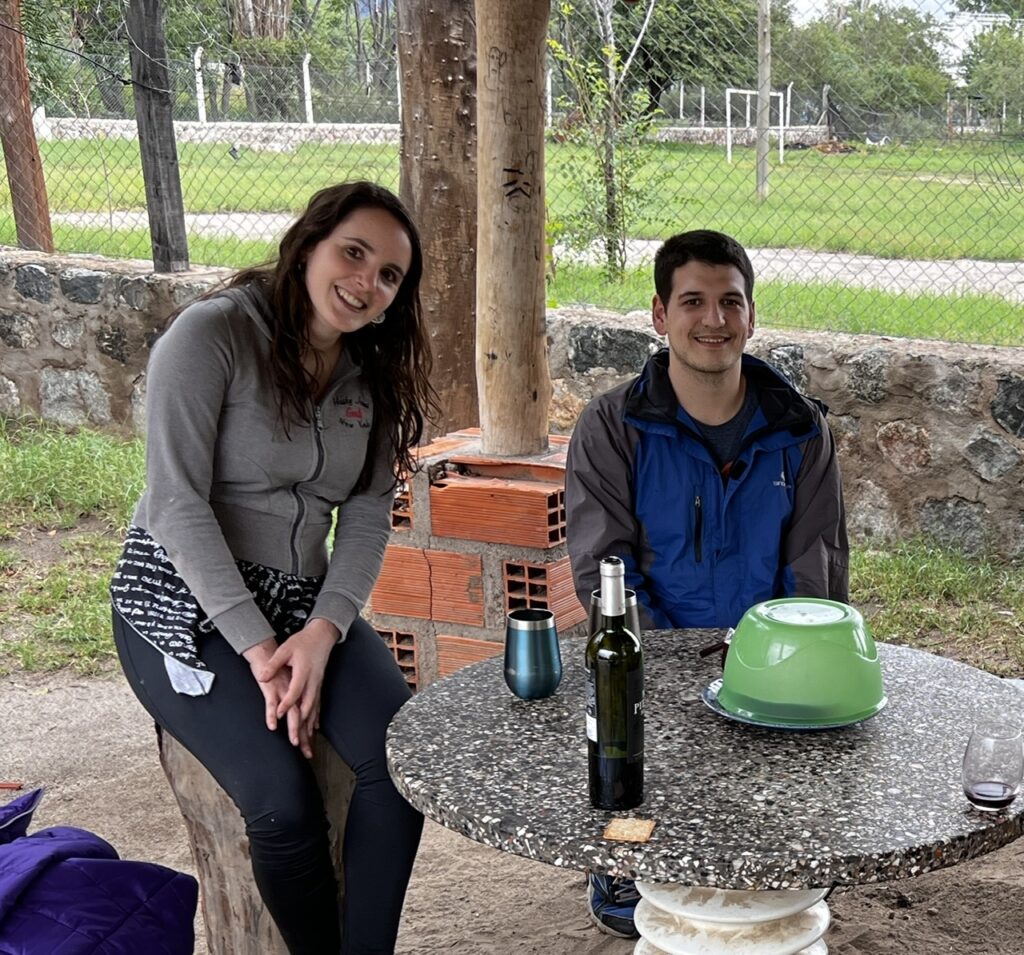
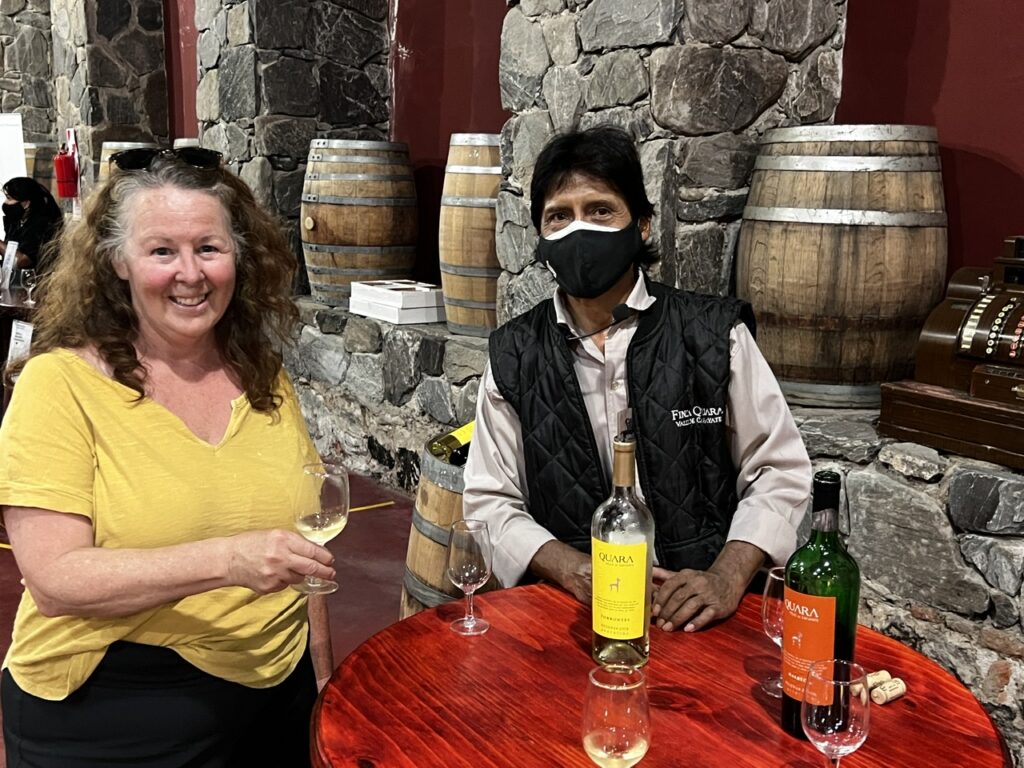
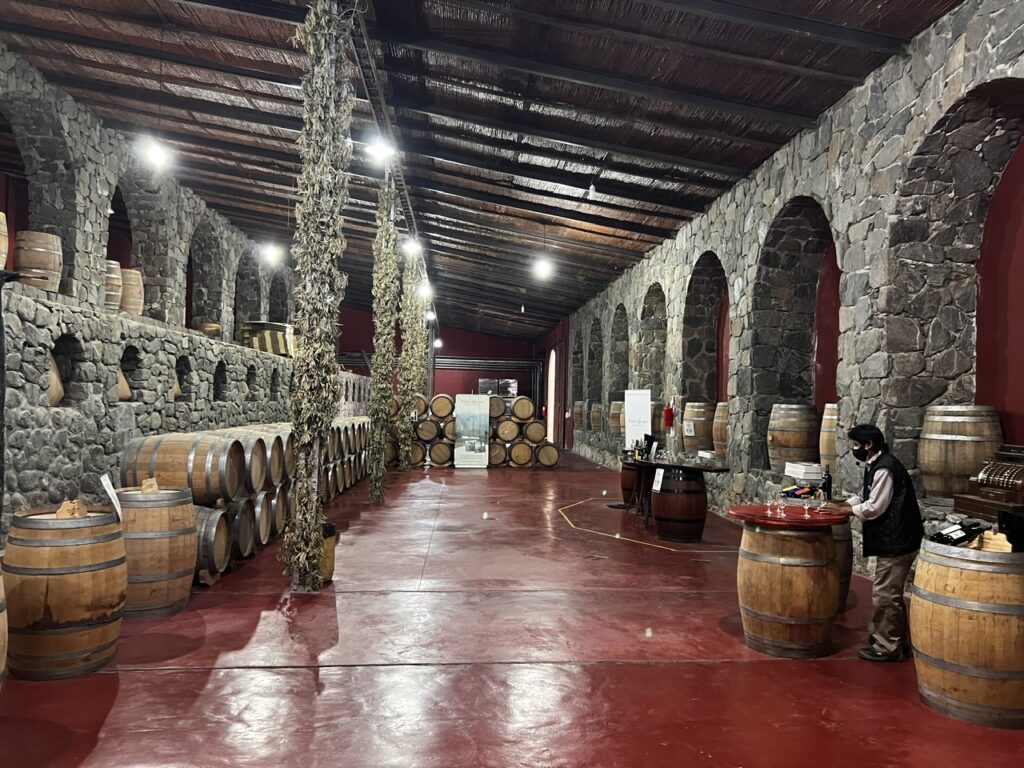
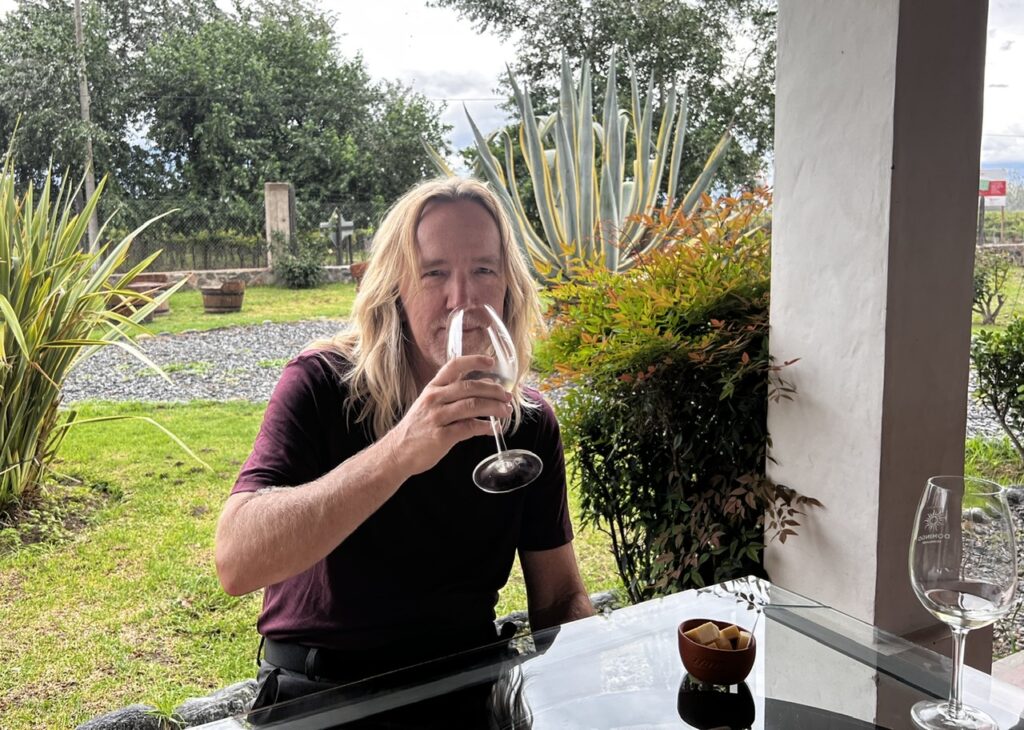

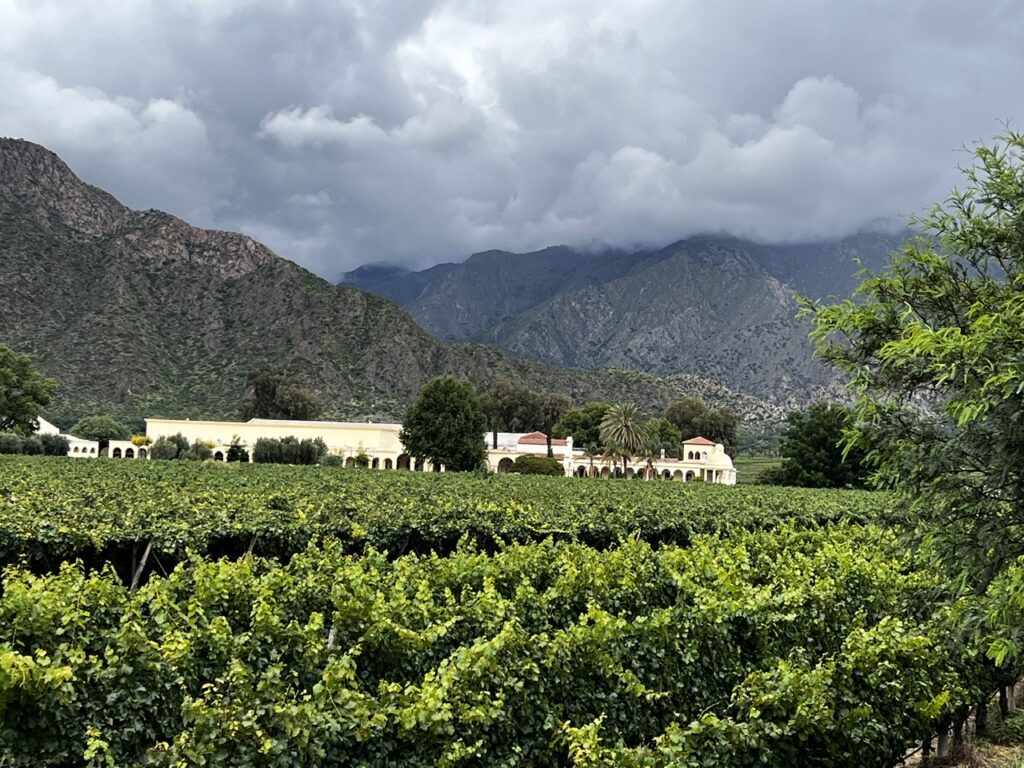
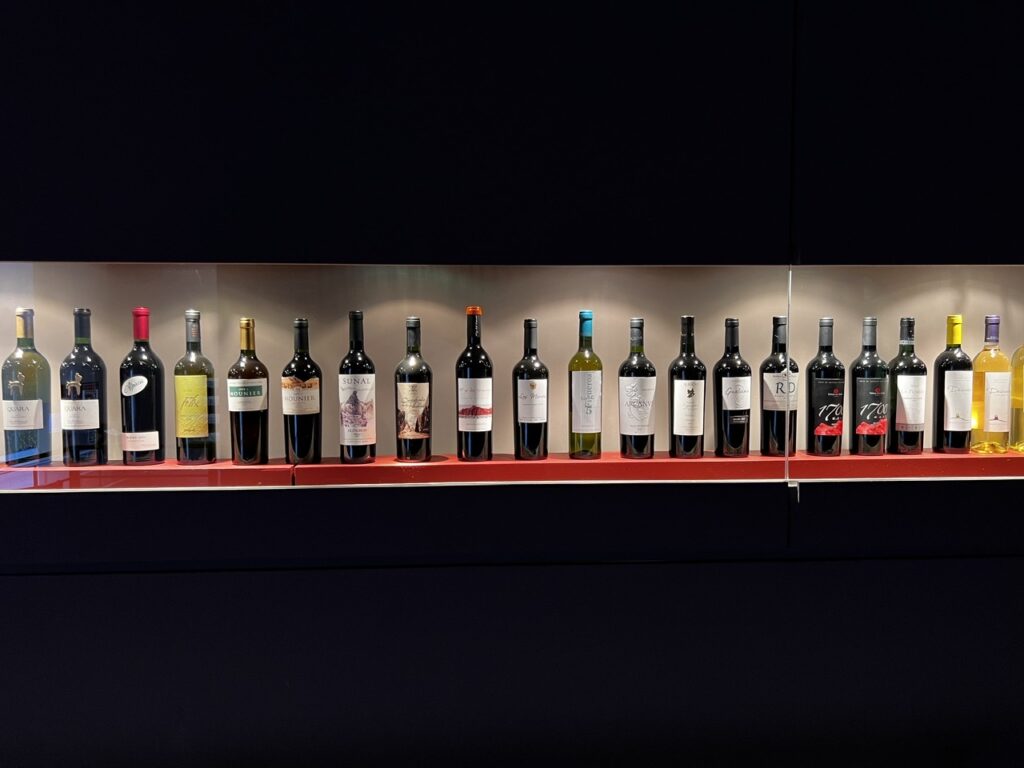
Once again we would diverge ( as we casionally have ) from Route 40 on the journey north. Route 68 is by far the preferred route to Salta and encompasses some very dramatic scenery as you drive through a valley known as the “Quebrada de Cafayate”. Years of river erosion have carved some amazing patterns in the sand and rock structures giving rise to a number of well-known features including the Devil’s Throat, The Castles, The Obelisk and many others. It’s a popular route with Argentines and the road was filled with sightseers snapping pictures at almost every turn – including ourselves.
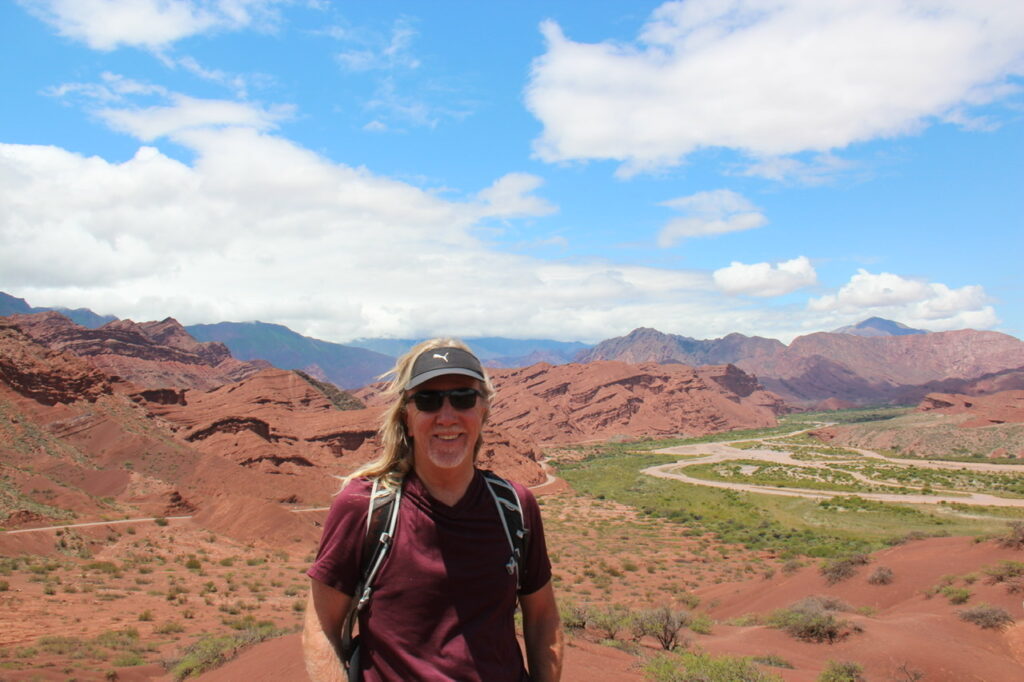
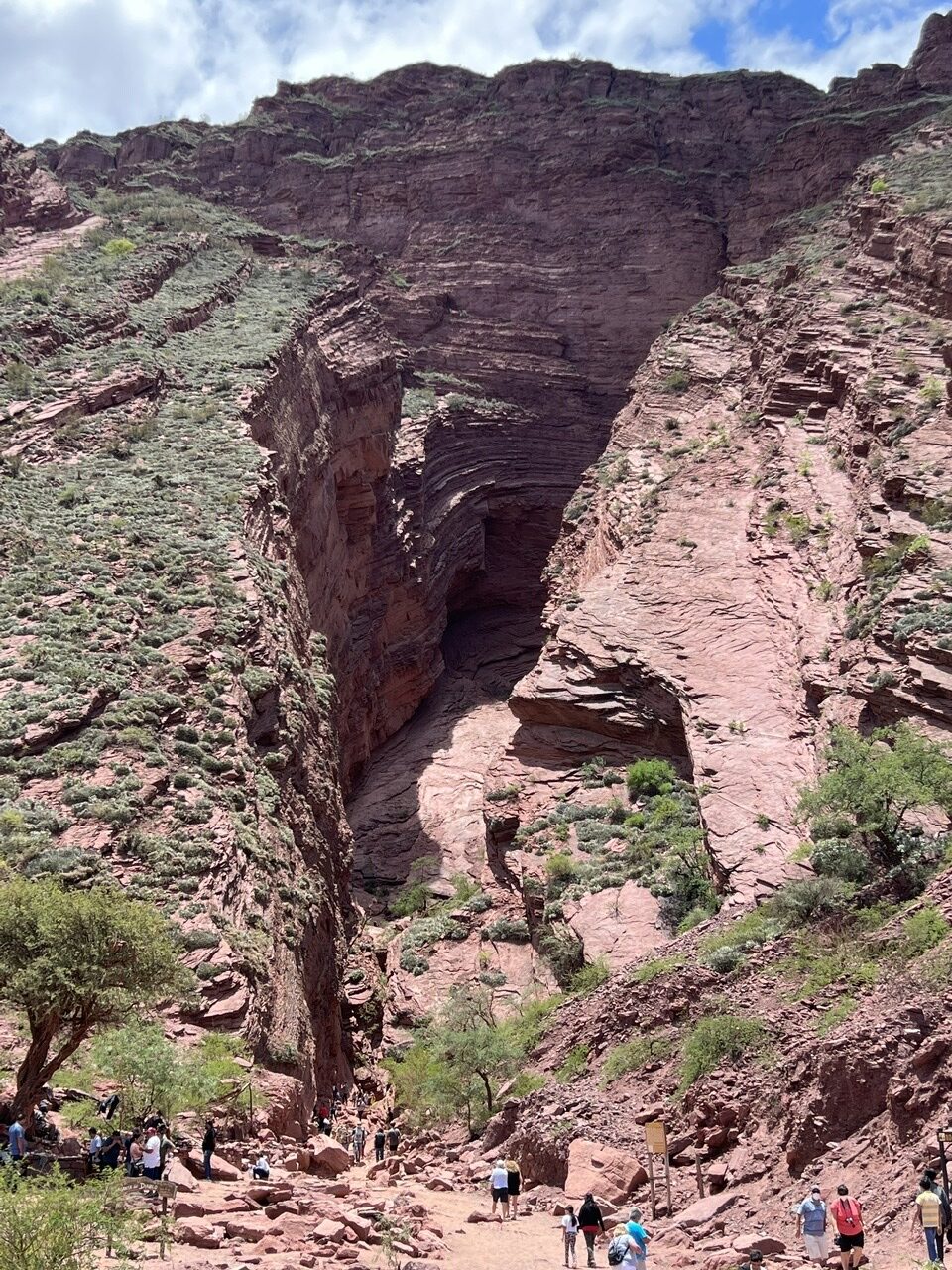
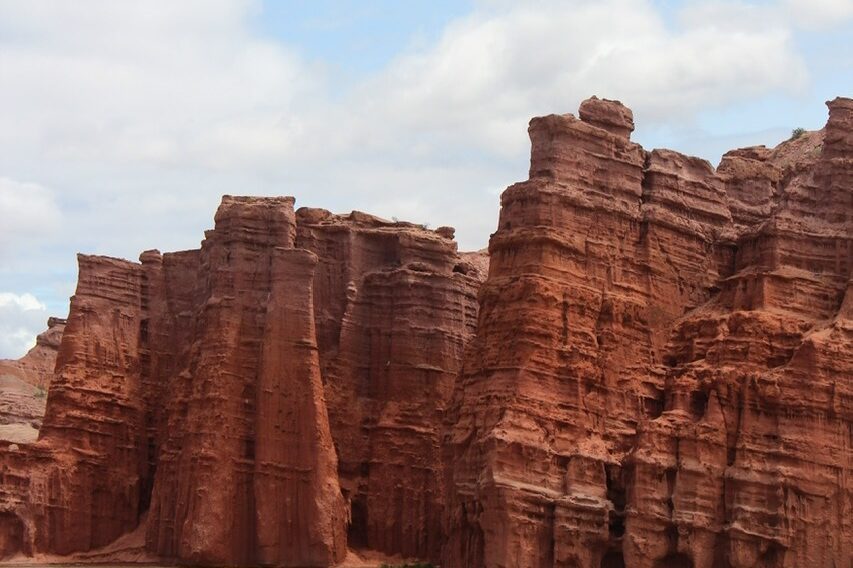
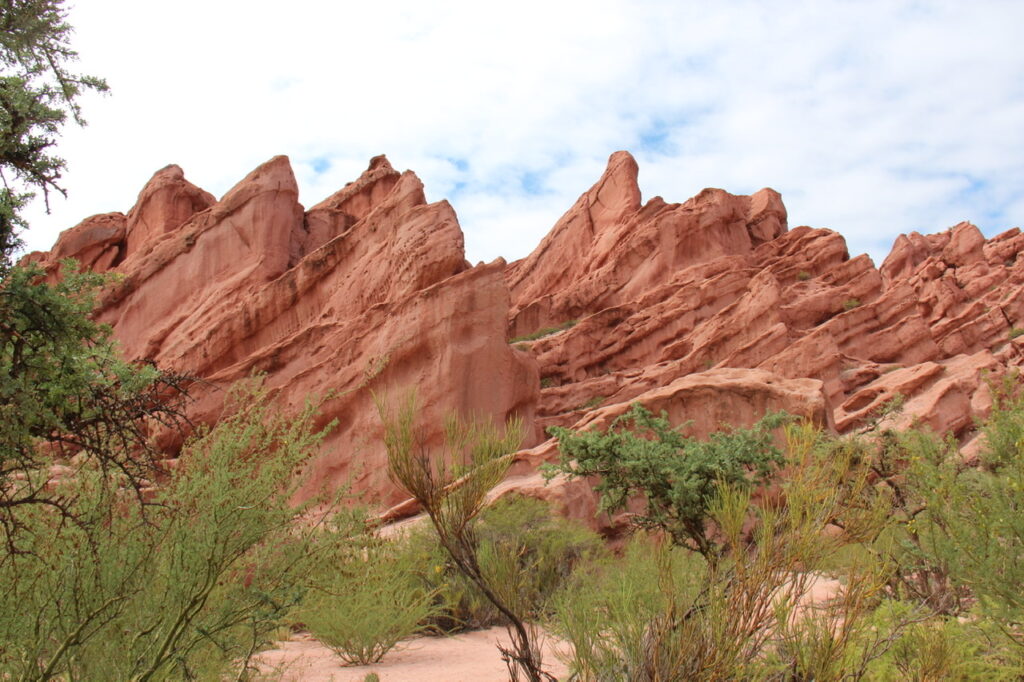
Salta’s colonial architecture, it’s historical importance as a key stopover on the trade route between Lima and Buenos Aires in the Spanish era, and it’s important role in the struggle for independence from Spain ensures the city has plenty to offer the visitor be they local or foreign. It’s a pleasant city in its own right, easy to navigate, and sitting in an altitude of 1200m means the climate is generally very agreeable in a part of Argentina that can get extremely hot.
For us there was also a certain allure to be once again visiting a larger centre that offered much to see in terms of museums, entertainment and an overall great “foodie” experience. People often spend more time here than they expect and we did as well. The museums documenting its historical role were excellent, the campsite was appealing and it was just an excellent city to wander around, good restaurants and cafés seemingly everywhere we turned – we enjoyed sampling them as we went on our way.
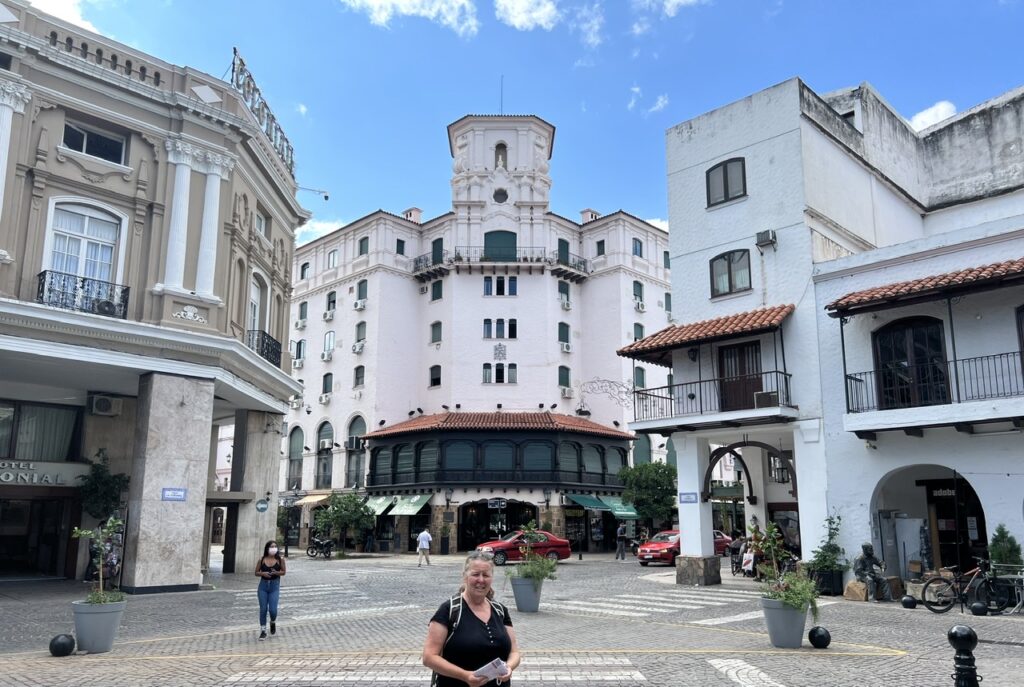
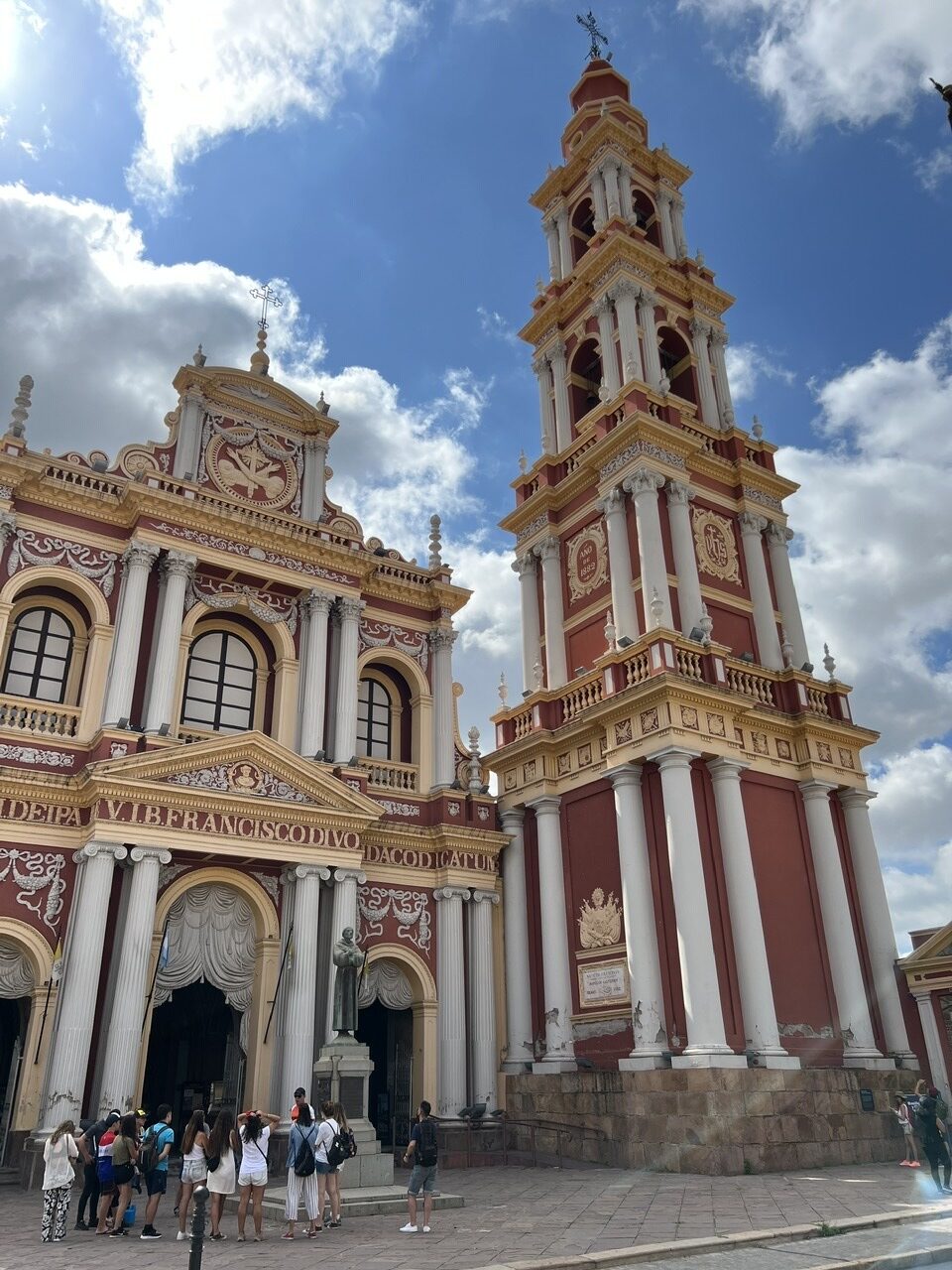
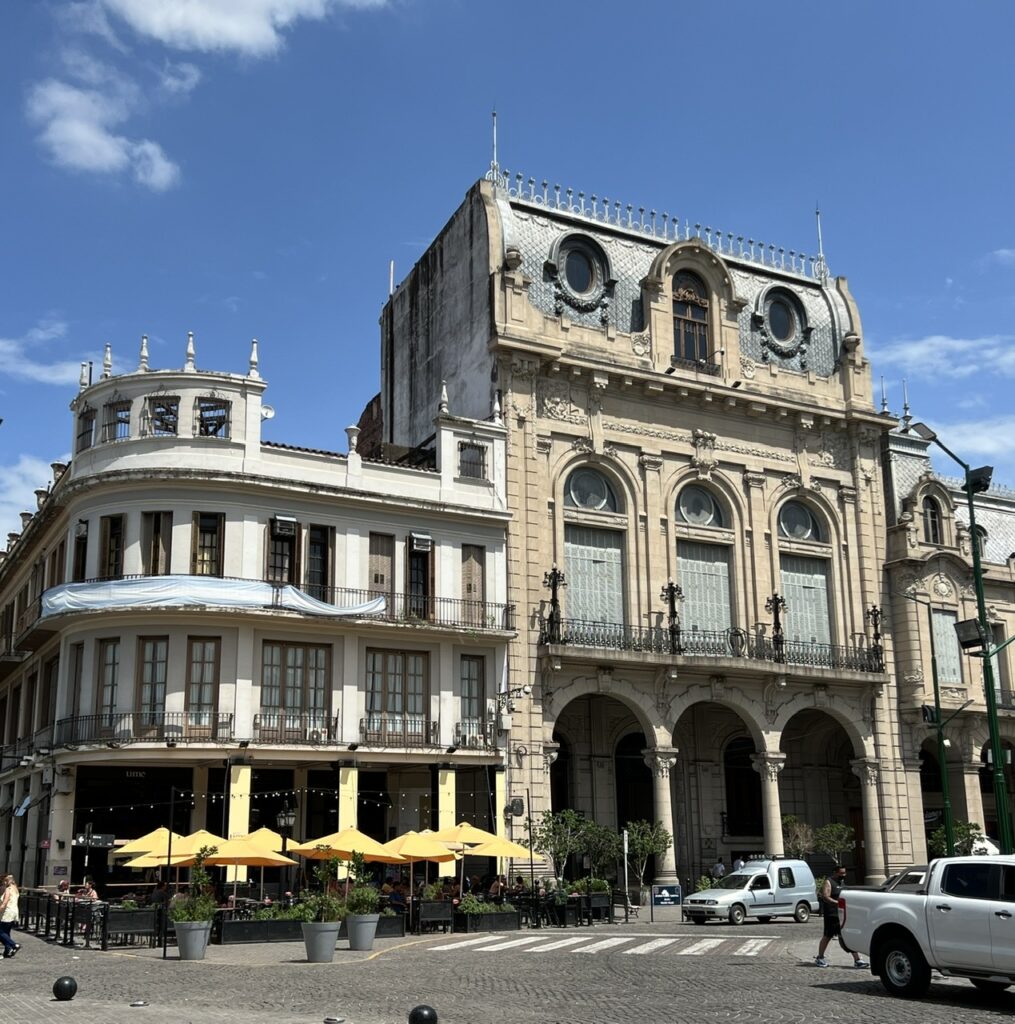
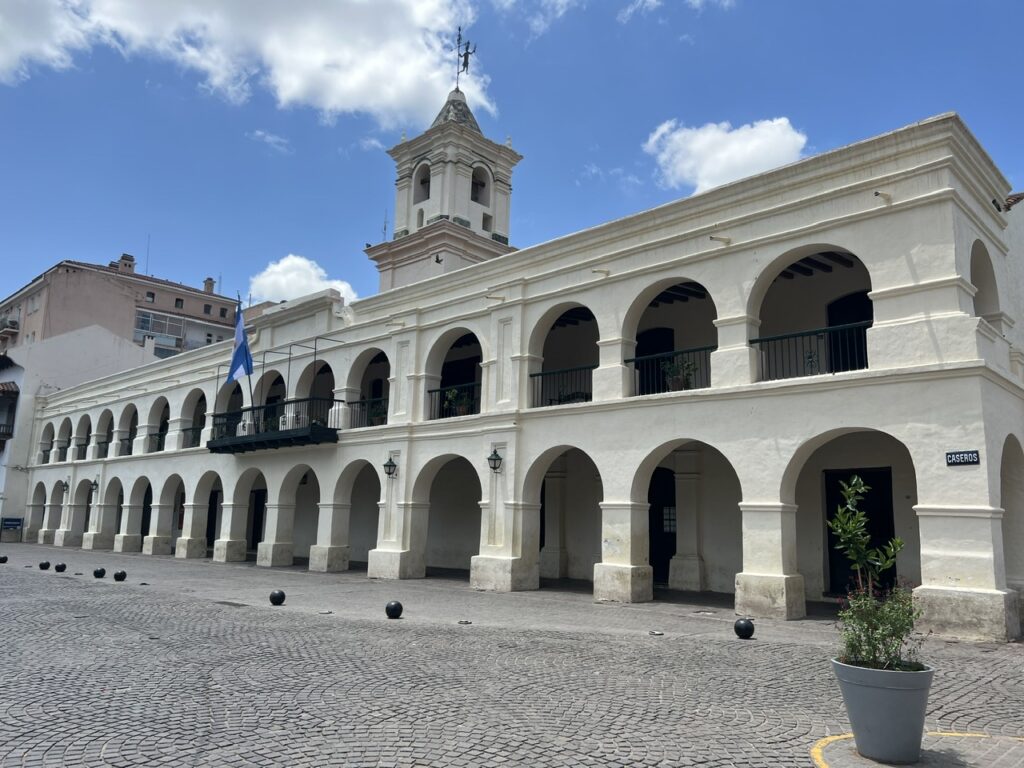
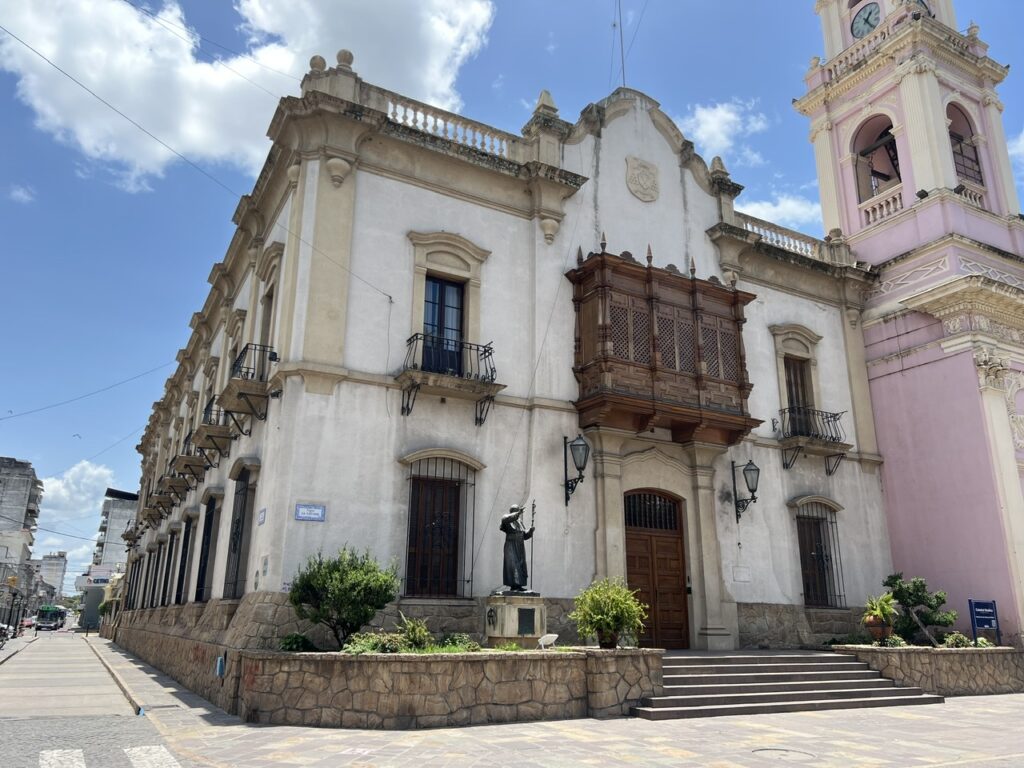
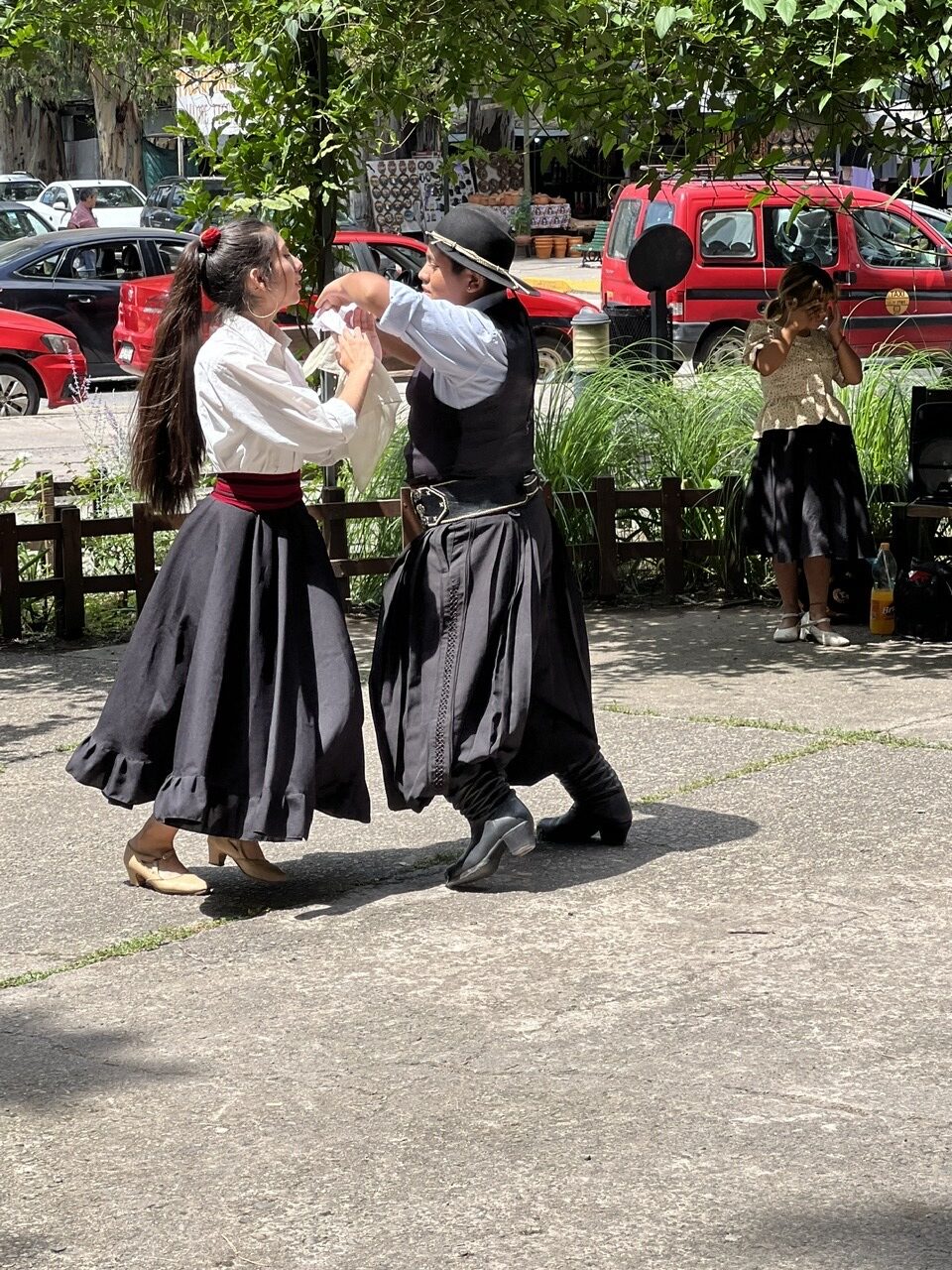

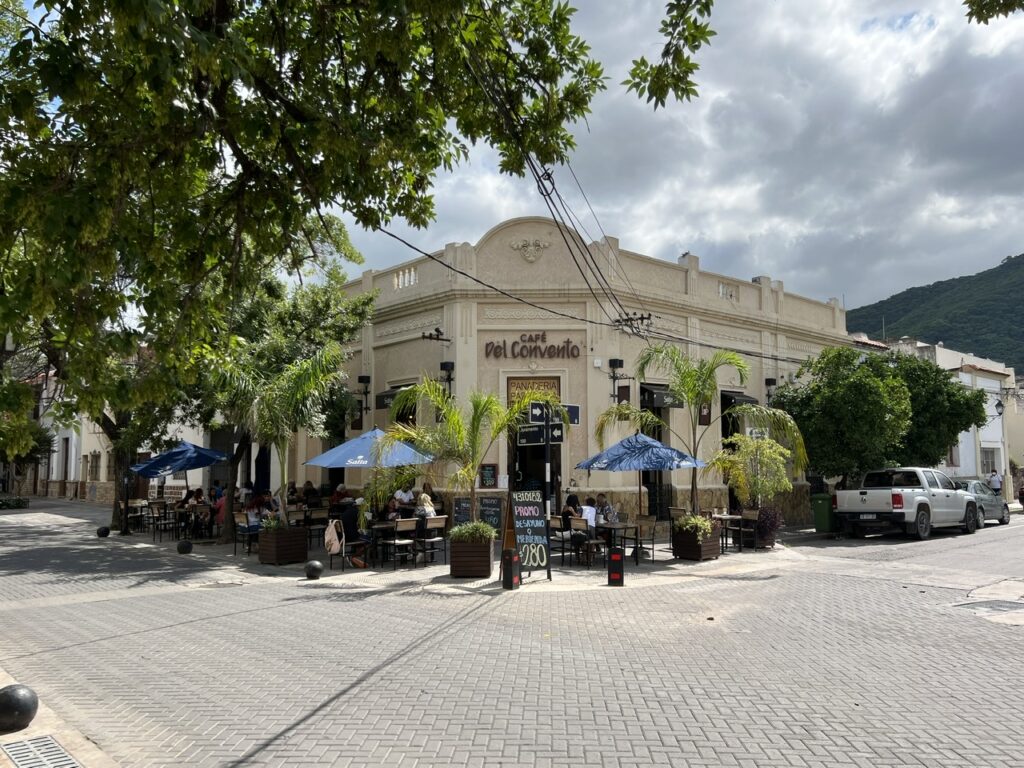
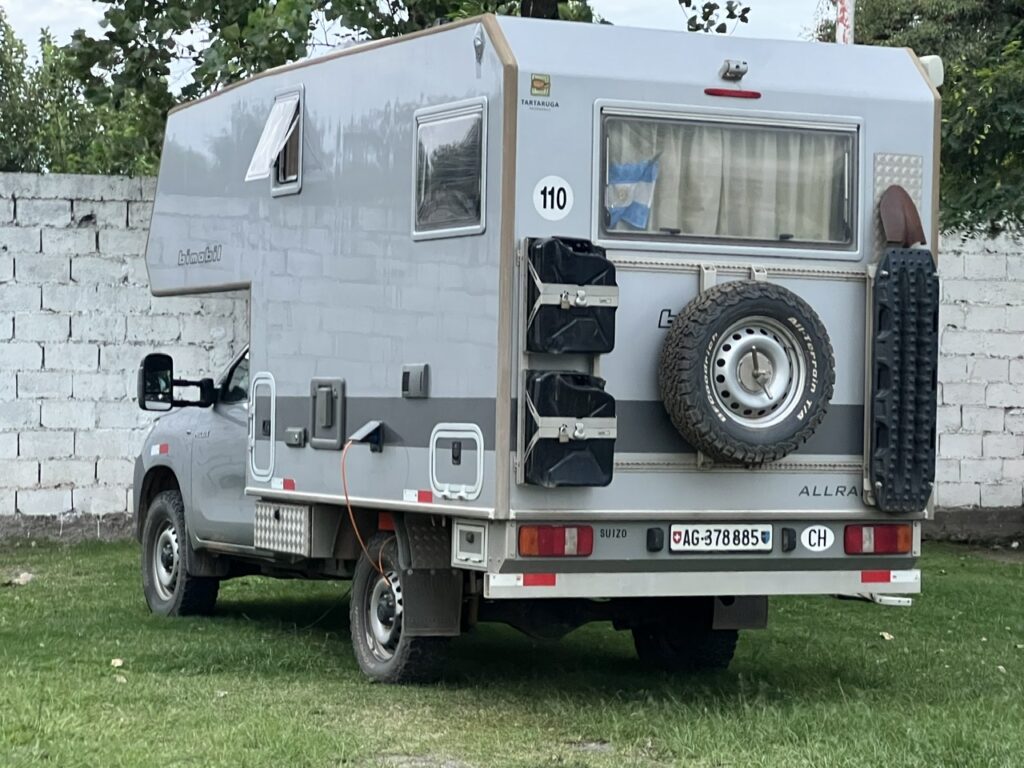
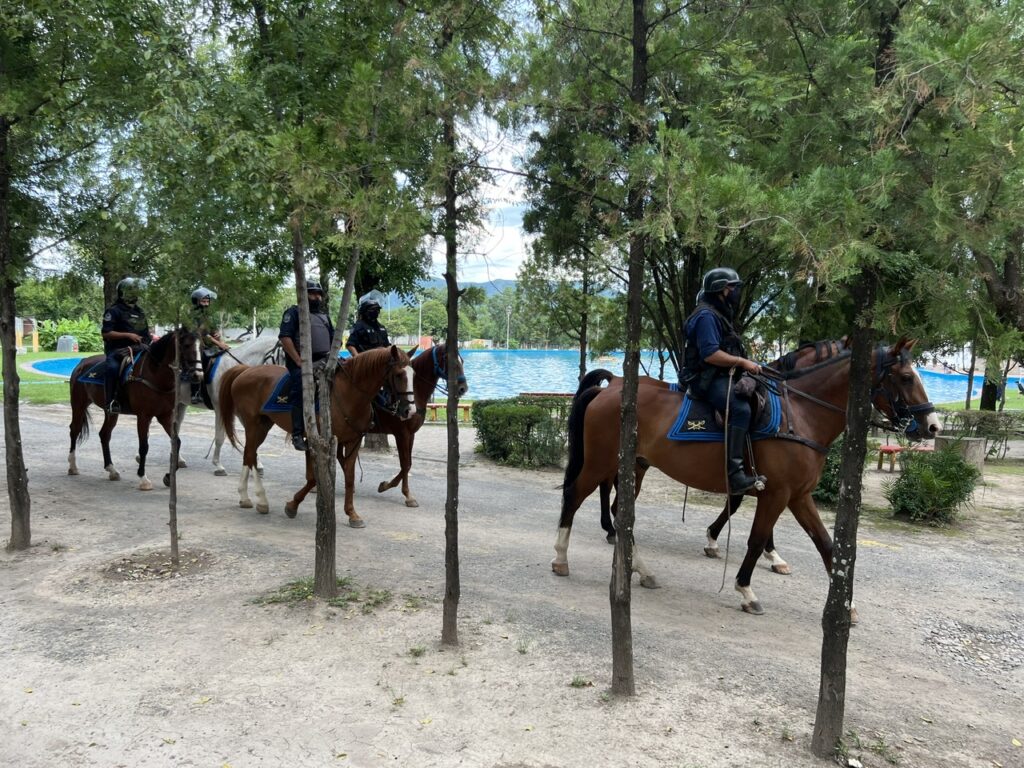
Seems every Argentine city has its favourite independence era military hero and Salta is no exception. Martin Miguel de Guemes ( later General Guemes ), born in Salta, was a key figure in the war for independence. He died gloriously in battle and his name is all over Salta – the Guemes interactive museum was one of the best we have seen.
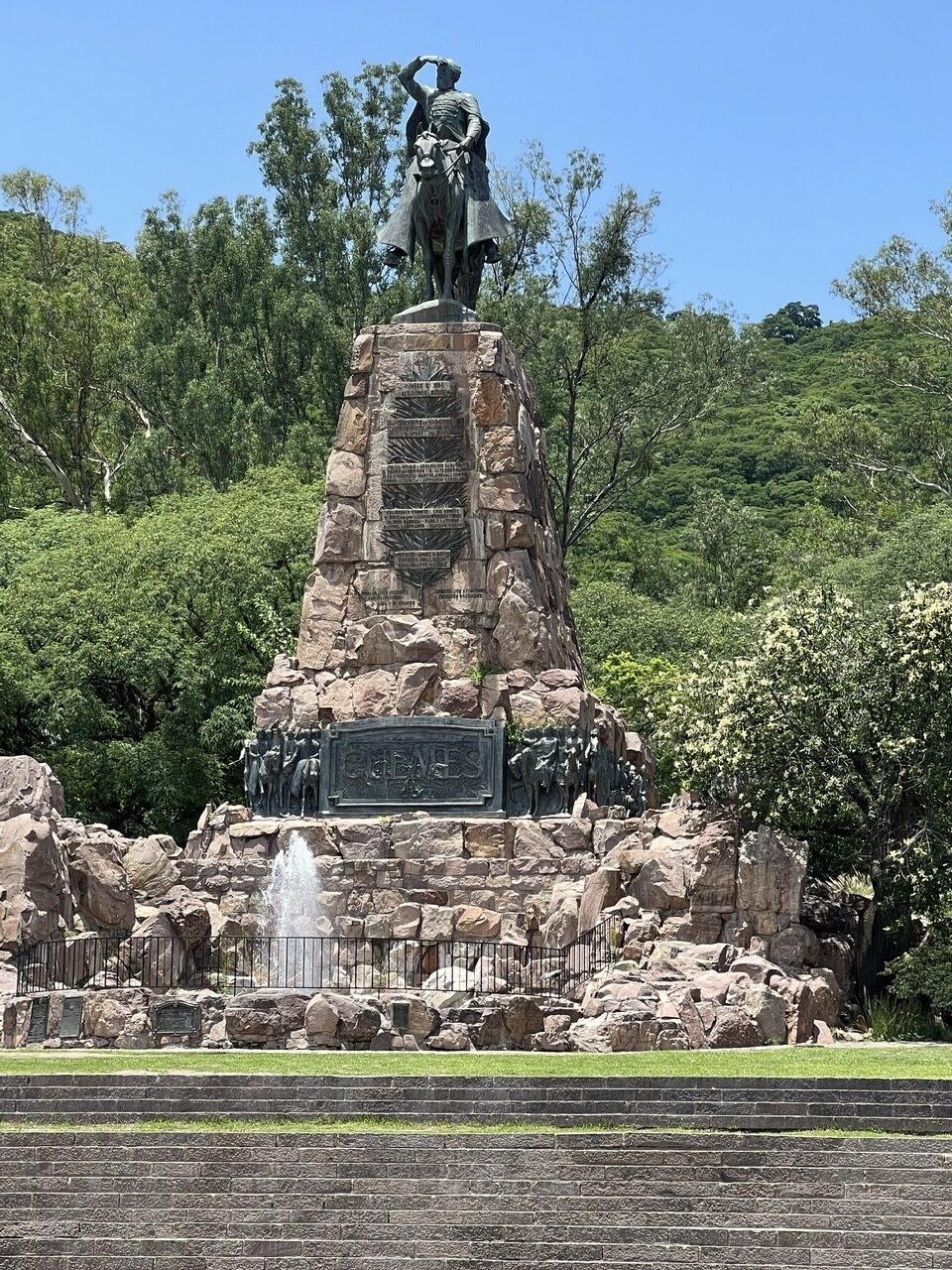
While an attraction in its own right, Salta is also a base for exploring the region around it. Wineries abound but we had seen plenty in Mendoza and Cafayate so headed west via Route 33 and the windy Cuesta del Obispo to the quaint colonial village of Cachi. A more scenic drive you can’t imagine and the town itself offers some great period architecture as well. Enjoyable just to stroll around and soak it all in.
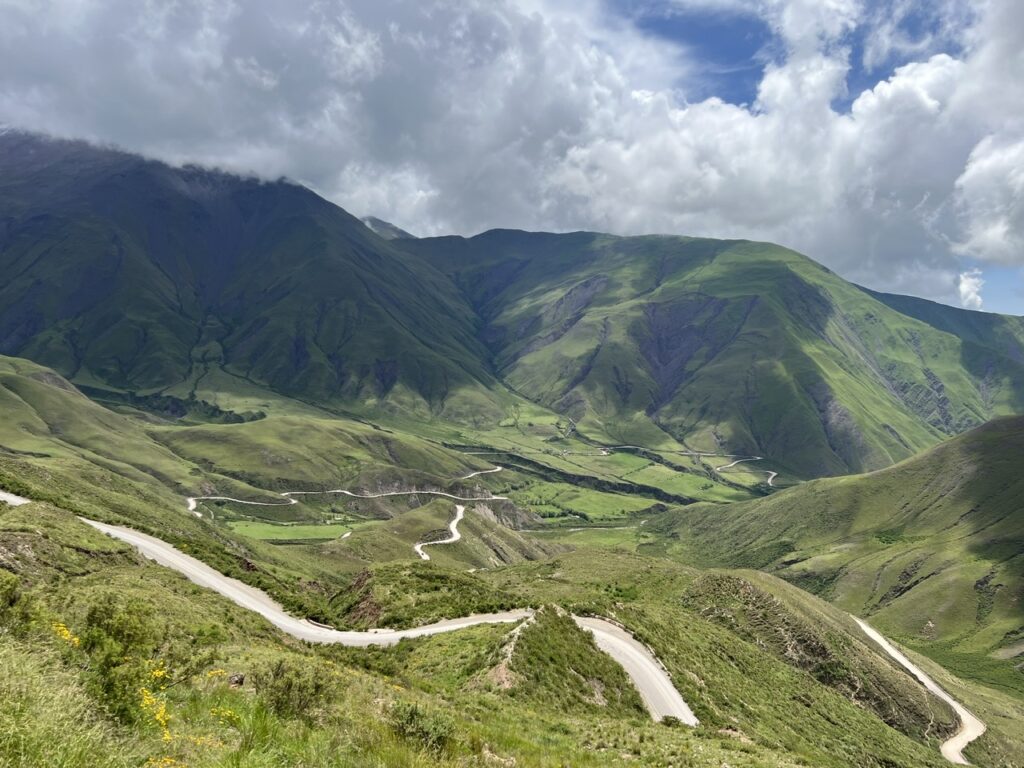
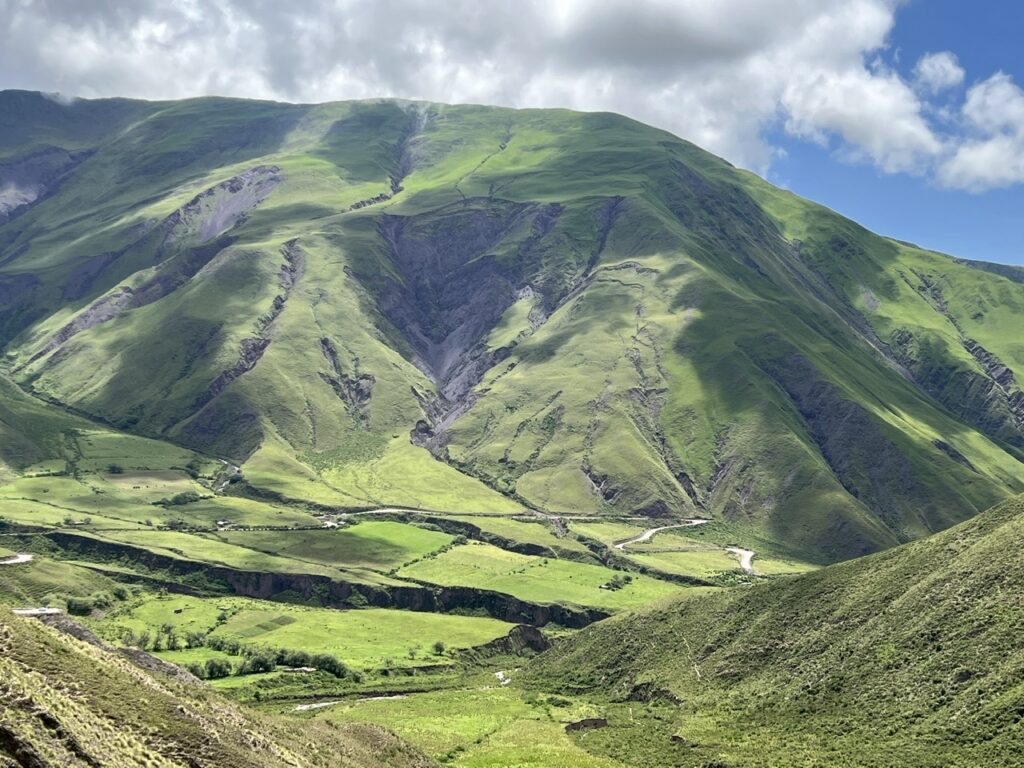
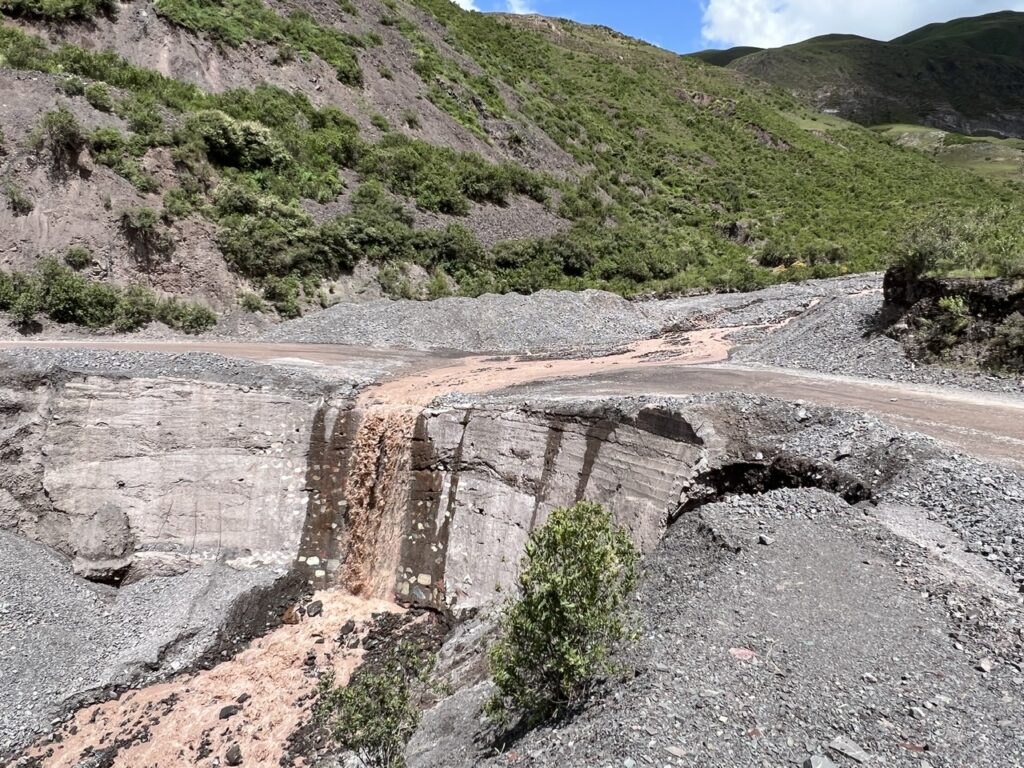
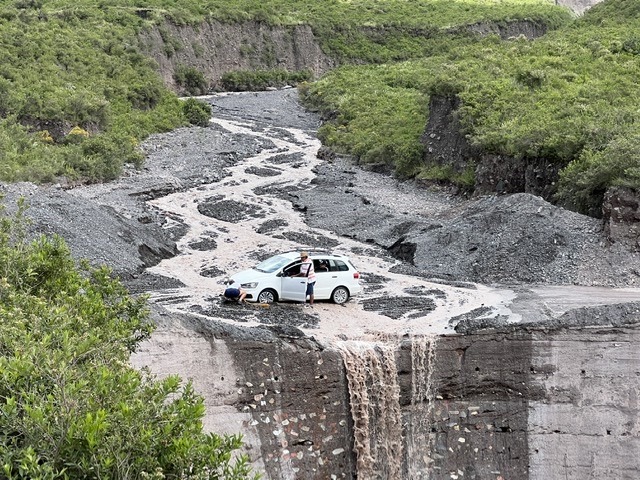
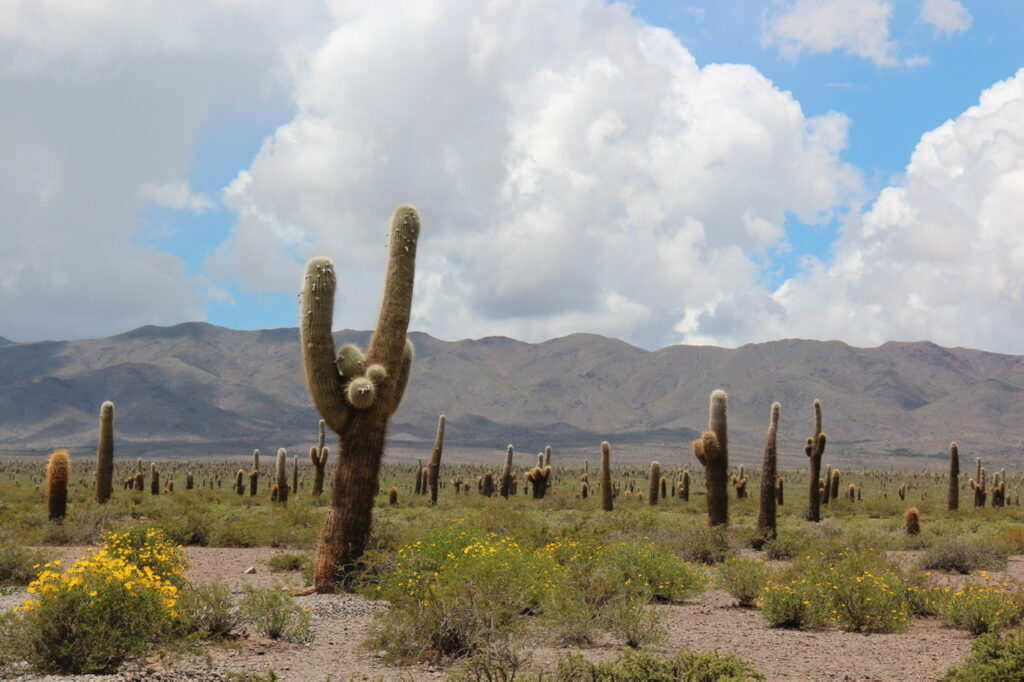
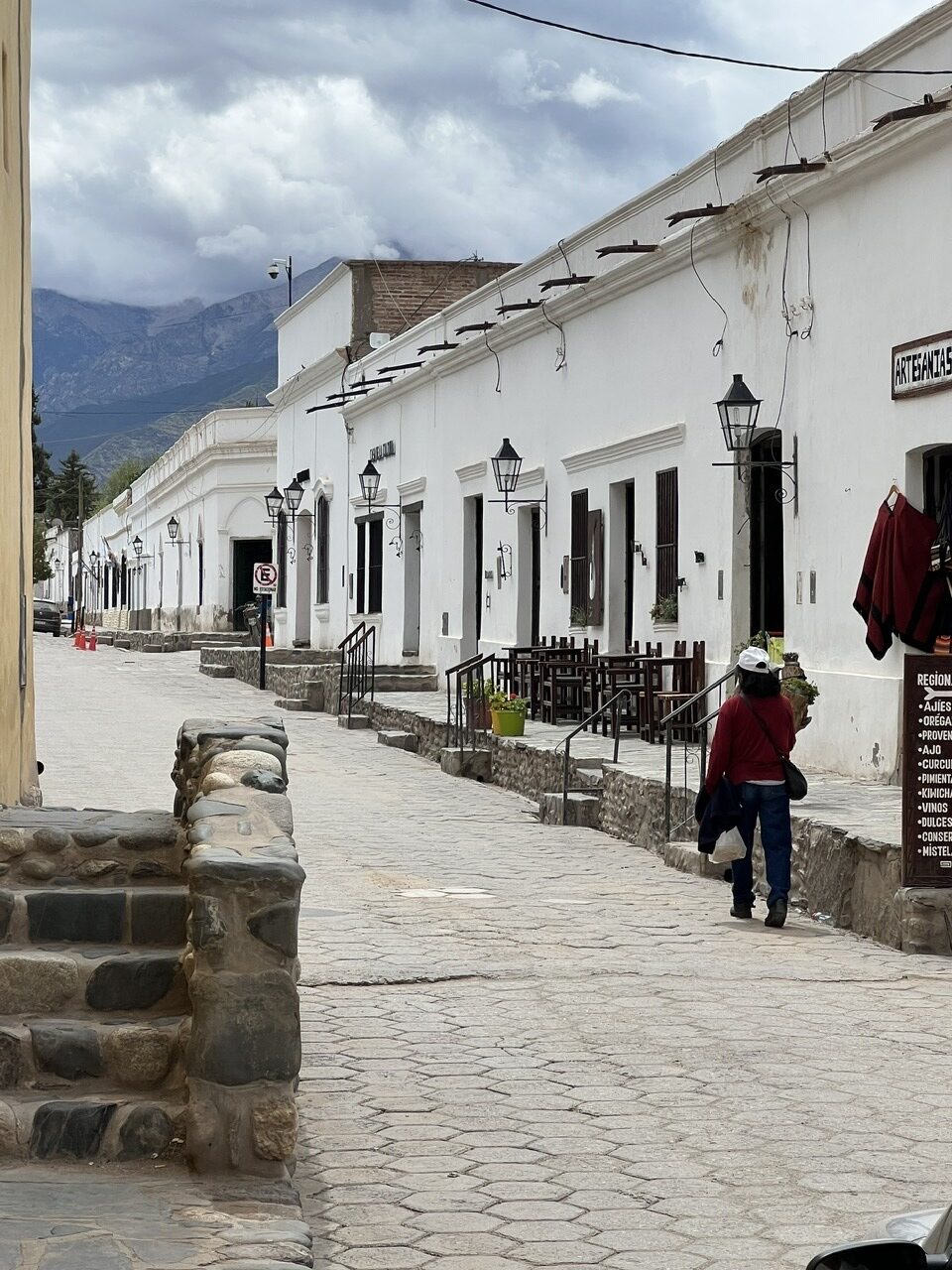
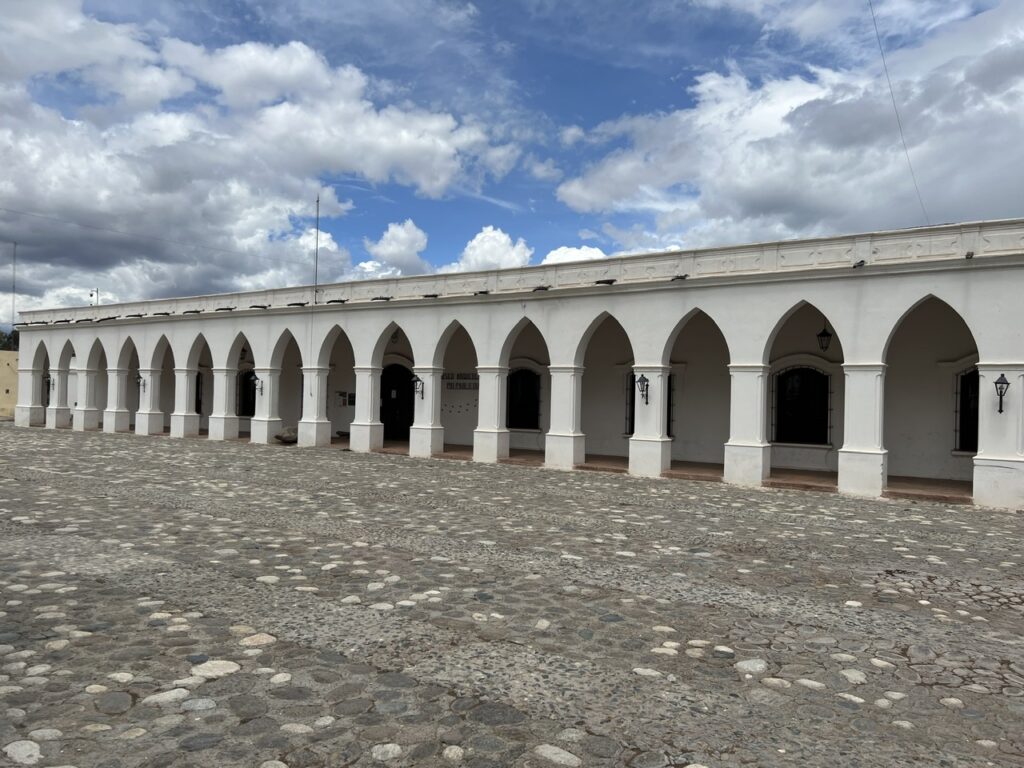
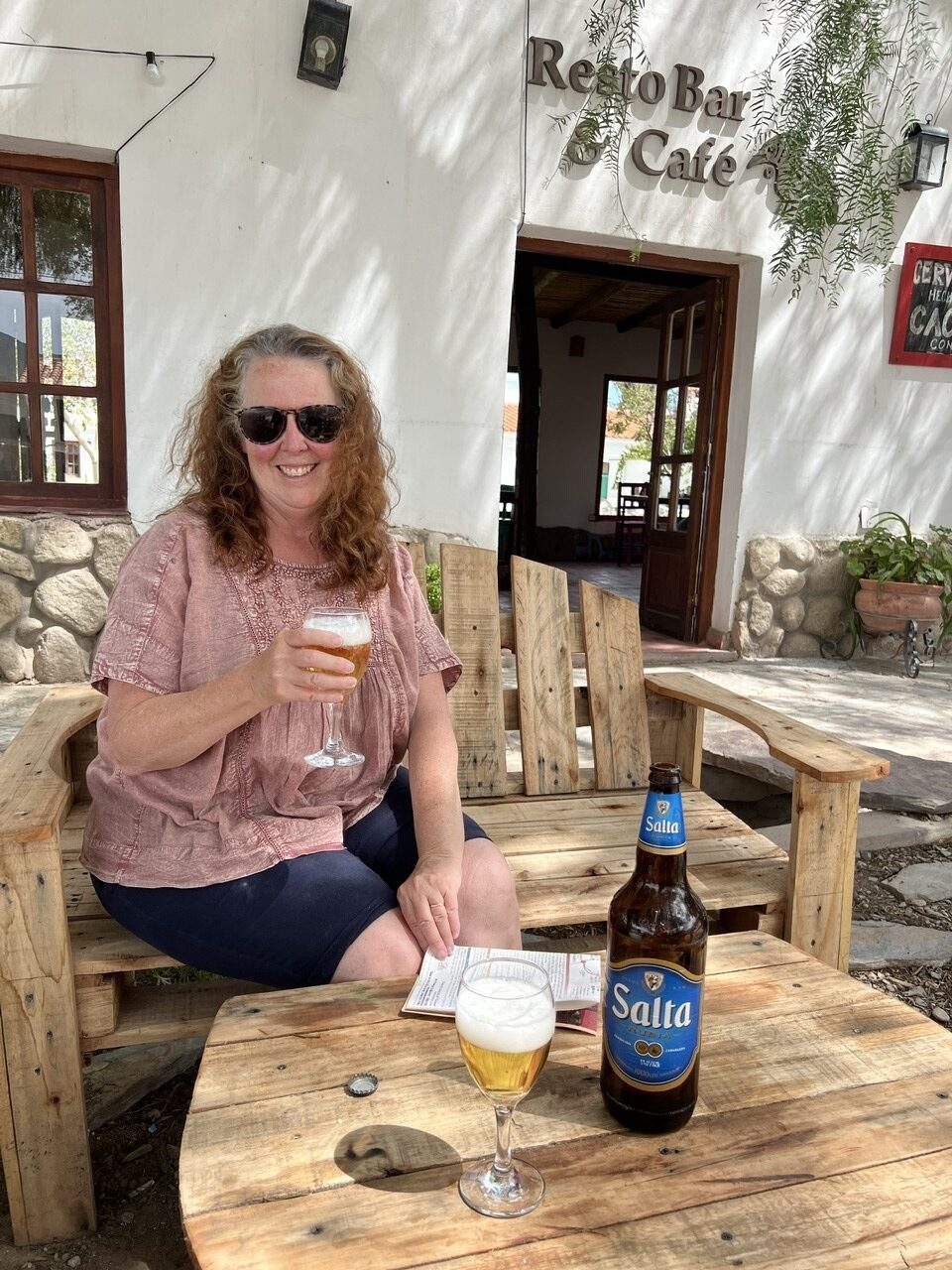
Just beyond Cachi, south of the small town of Seclantas was a big Overlander favourite, the “Utopia” campground run by expats Johan and Martina. We’d heard much about it, read up on it on the iOverlander app and noted the incredible reviews they had received from just about everyone who had ever visited. Rustic ? Yes. Remote and a bit challenging to access ? Certainly. Deluxe ? Absolutely not, but a unique and thoroughly enjoyable somewhat “off grid” experience it absolutely was. Martina’s legendary pizza ( made in a classic clay/brick oven) was divine, the stars are amazingly clear there and we happened to catch the only month that the firefly’s come out. Wandering around in the pitch black with the firefly’s out in full force was an incredible sight.
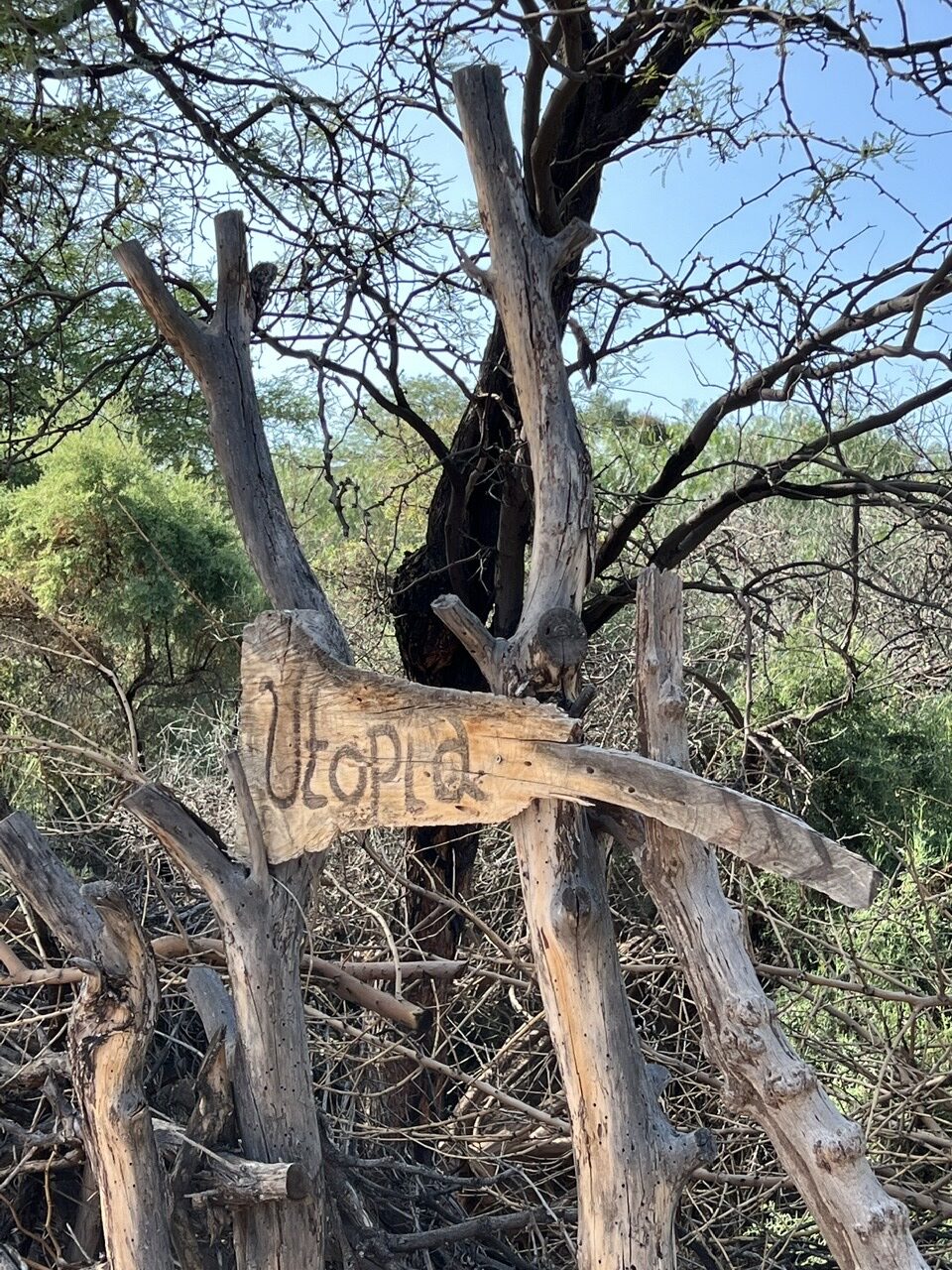
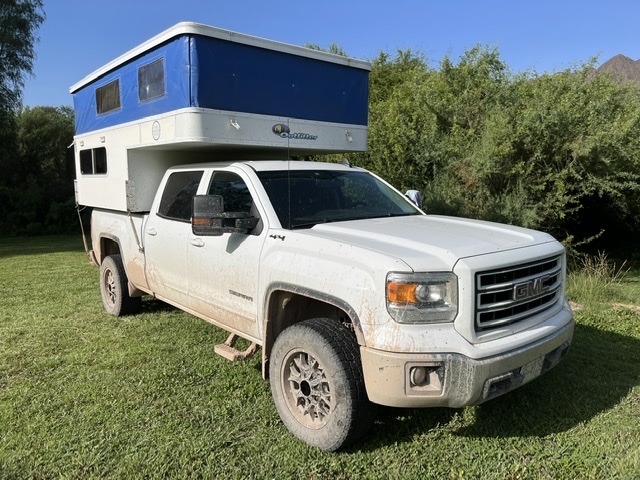
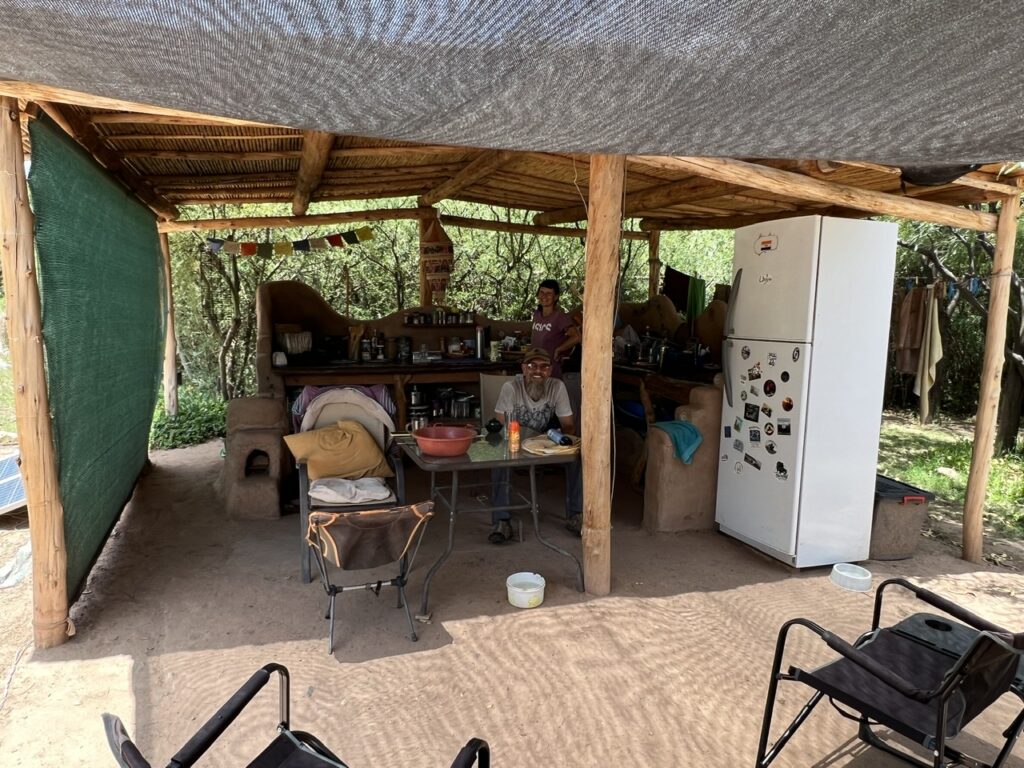
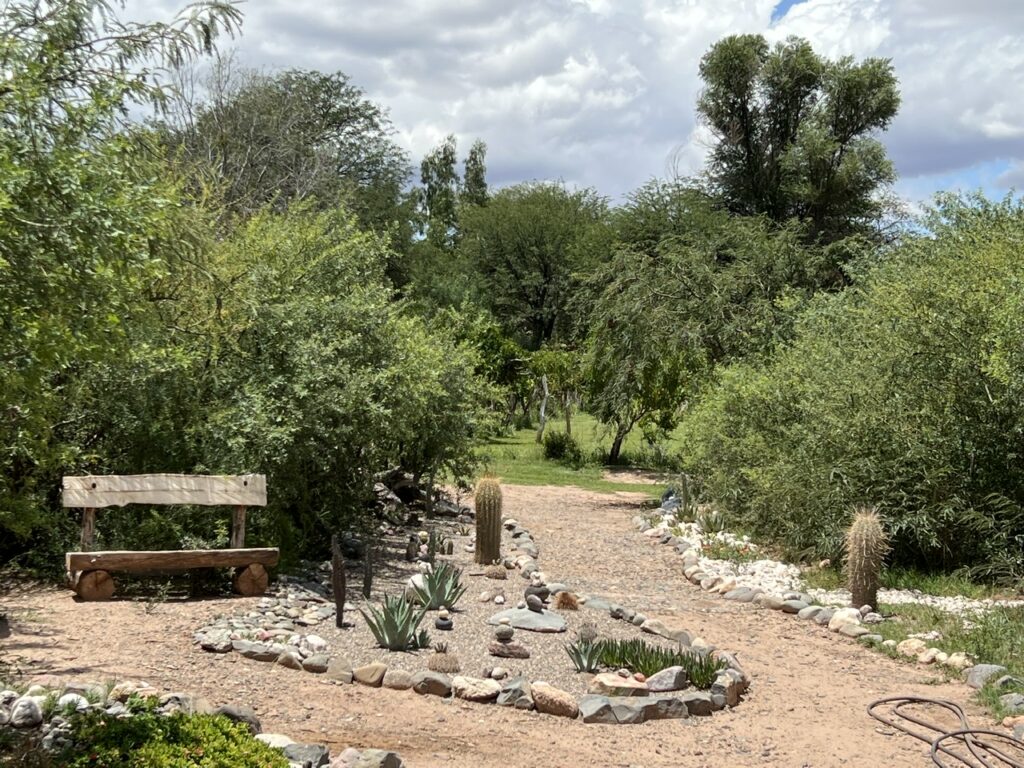
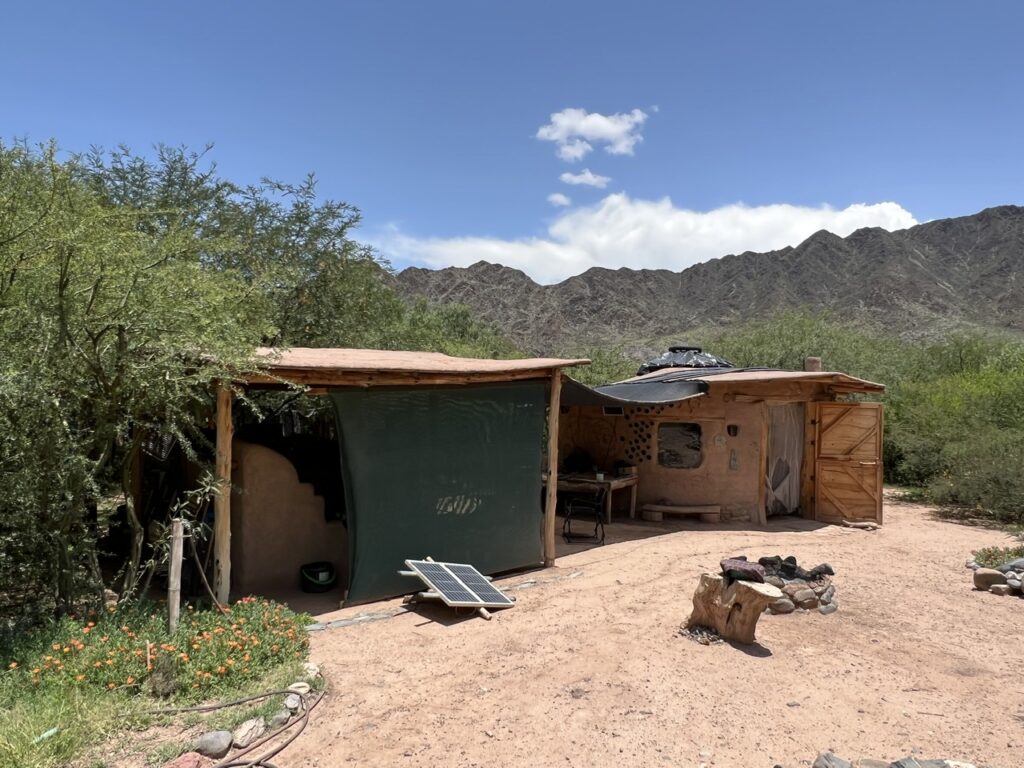
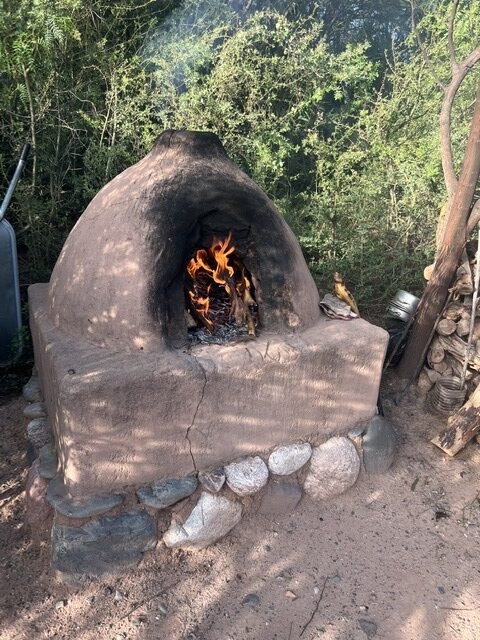
A clay/brick oven – the ONLY way to do pizza !
The focus at Utopia is on relaxation and “chilling” so we did a couple of days of just that while being regaled with stories of Martina and Johan’s extensive travel adventures. As if to reinforce the “relaxed” vibe, they even have a motto: “At Utopia, nothing is done today that can’t be done tomorrow !”. Never enjoyed “not doing much” as much as we did here !

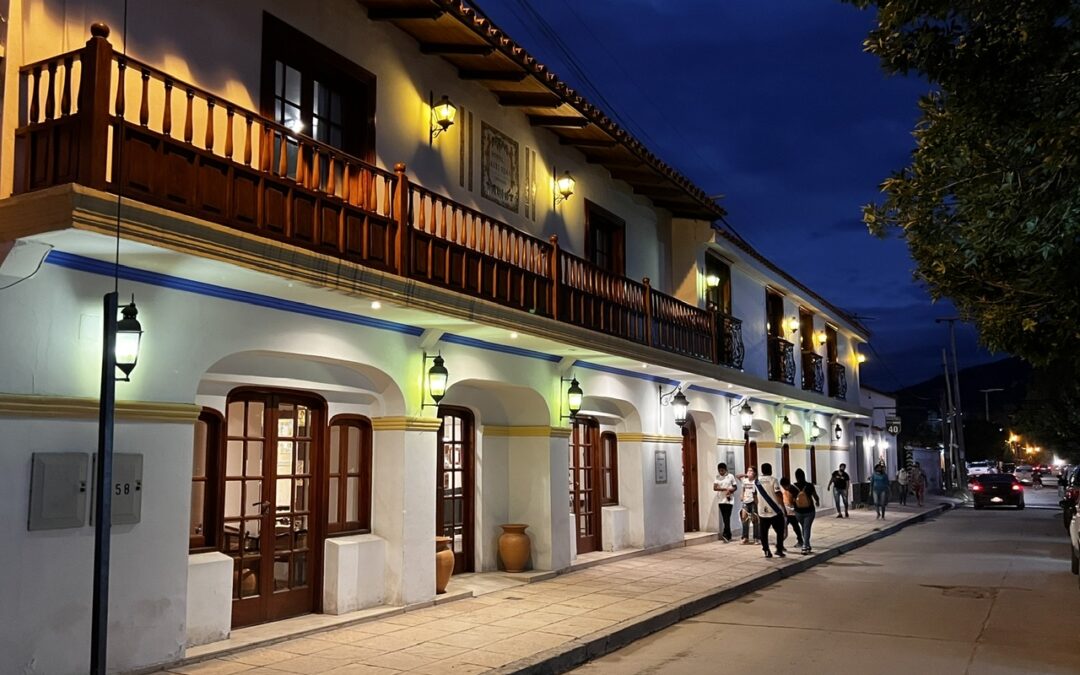
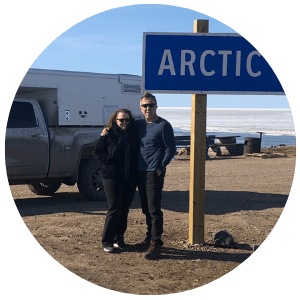
I’m really envious of this trip. I’ve been following you guys since you started posting again. Also, Jeff, that hair is amazing!
Hi Chris,
Nice to hear you are still following along ! Hope the new job is going well for you, am sure they miss you at BCF. Let’s connect for a coffee when we get back ( hopefully by May ) – gotta finish off the other “project” Lol !
Yes, Fabio is back!
Now, now…..none of this Fabio nonsense…! I’m sure he’s old and fat now ( I’m just old, not fat yet !) lol !
What a beautiful photo’s Jeff!
Yes, managed a few really nice ones last week – helps to be in the right place with cooperative weather lol !!! You guys have your rig yet ?
Travel, wine & pizza = bliss!
We agree ! Lol ! Especially pizza from a brick oven lol !
Soon Jeff lol
Look forward to seeing it when we return .
Happy days Jeff and Lois!!!!
Thank you for always sharing these wonderful photos and journey experiences….look forward to more💕💕😊😊
Thanks for following along, Stacie …will keep them coming !
Enjoyable as always Jeff !
Hi Scott,
Glad to hear ! Hey, question for you – are you still getting the automated delivery ( every Saturday morning ) or are you going in to the website manually ? I ask because quite a few readers say the auto delivery has stopped ( and I have not done anything to cause that ) so just trying to sort it out. Let me know, thanks !
That’s a rustic camping spot! We aren’t getting your new post notifications any more
Hi Chris,
I am trying to determine why Mailchimp is suddenly NOT sending the posts out to everyone as they were before. I have a few readers that have said it has suddenly stopped. Hang in there, I will get it sorted – nothing I did at my end !
We love the way you talk about your travels. The photo sum it up. Keep that travel log going. Stay warm and healthy.
Stay safe,too.
We are from the Winnipeg area in Manitoba, Canada
Hi Denis,
Glad you are enjoying it and happy to have you reading along ! Hope all is well in Winnipeg !
Thanks for all those pictures and narrative. There is so much to see in this world. Yes, much try the local beer in each location, if possible.
Always !
Enjoy every picture and topic from your travels which we have no problems receiving. We are from Kelowna wintering in Casa Grande after too long not being able to go south. Best of two worlds Kelowna and Arizona
Stay safe
Take care
Stay well
Hi Greg, Bev:
Glad you are enjoying it, it’s certainly a lot of fun being down here ( and we, like you, don’t mind missing the Canadian winters ! ). Interesting that you are not having an issue getting the Saturday updates because many with Gmail accounts are having the notifications suddenly go to their Junk mail. It’s only Gmail…….everyone else gets it just fine ! Glad it’s not an issue for you guys.
Really look forward to reading your blog! Very well done. I admire your zest for life! We are also from Kelowna. Keep following your dreams !
Hi Ruth,
Thanks for the feedback, we try to keep it interesting ! Not too difficult, there is lots to see down here…!
Argentina… A new addition to my Bucket List!
Where are Johann and Martina from?
On Monday we blast off to Costa Rica😎. I need your advice… what’s the best beer in CR?😄
Hi Charlie,
You’ll be glad you did…you’ll love it in Argentina.
Johan is South African and Martina is German. But both are citizens of the world !
Enjoy Costa Rica, much to see and you will be glad to escape the cold ! Look forward to connecting when we return.
Ciao !